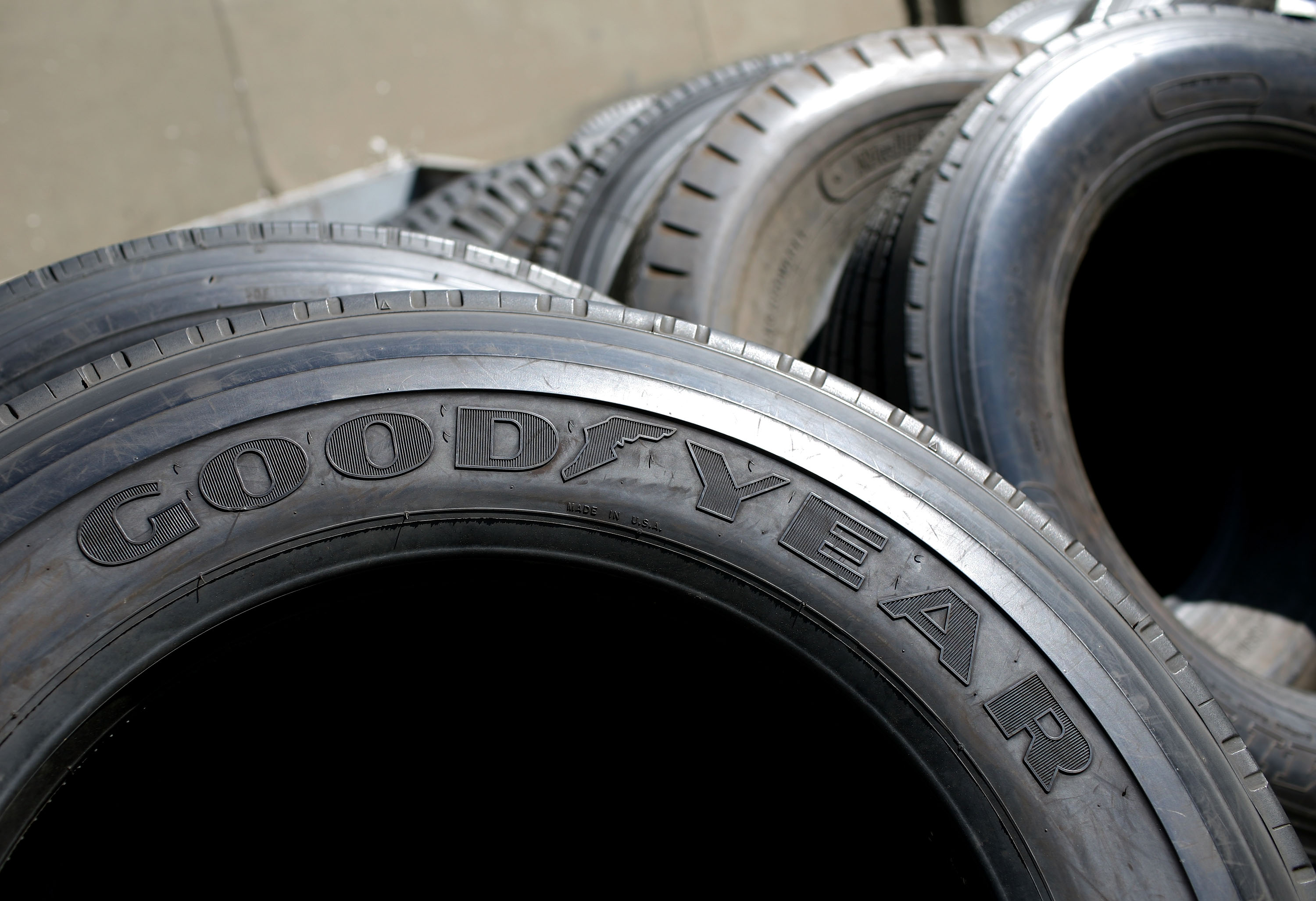Although many people know the name Goodyear, and a few know his was the name of the man behind vulcanized rubber, few know that he died penniless.
The Goodyear name is paramount in the tire business, but only because 40 years after Goodyear’s death, a tire company adopted his name in honor.
Goodyear gave us vulcanized rubber, but the developed world didn’t invent rubber. Native people had been using it long before the arrival of European civilized society to waterproof clothing.
Considering it’s been over 150 years since the creation of Goodyear’s rubber and we still use it for car tires, it’s impossible to imagine what we would use as a substitute had he not invented it.
By that account, without Charles Goodyear, automotive technology might have never happened. We might all fly private flying machines instead.
Rubber Boom

The dark side of the rubber boom; massive deforestation & slavery of locals in Brazil | shutterstock.com
It was the 1830s. A rubber fever raced through the developed western world, spurned by the popularization of the gum discovered in Brazil. It was terrible for Brazil, but great for the shipping industry.
Importers shipped the glue into the ports where manufacturers shaped it into products which would ultimately fail. Back in Brazil, native people fell into brutal slavery. The ecology suffered from farming.
The problem at home was more practical. Rubber in its raw form did not hold up to climate shifts. In cold weather, it became brittle, non-malleable like a stone. In the summer it melted into a sticky mess.
The most one could do with it was coat fabric to make a waterproof tarp, but even that wouldn’t last.
What nobody of the 1830s knew was how dire was the situation. If that was it for rubber, we’d still be paying the price.
Then, Charles Goodyear walked into New York’s Roxbury India Rubber Co.
Charles Goodyear

Goodyear in his lab | famousinventors.org
Goodyear developed a valve for rubber life preservers and wanted to show the store manager of Roxbury’s. The man was not impressed, but not with Goodyear. He was disappointed in rubber.
The rubber market was in a free fall from disappointed customers. Goodyear’s invention would be worth nothing based on the trajectory of rubber.
Goodyear left determined to make something of the goo. He started by working with raw rubber, adding drying agents to cut down on the stickiness.
For awhile he used nitric acid with decent results, but that version also melted. In 1839, Goodyear started mixing sulfur with the raw rubber.
As the lore goes, he fumbled some of it, inadvertently tossing the combo on a stove one day. The charred bit was something new, finally. But, it wasn’t perfect.
Goodyear would drive his family into the poor house in pursuit of the right combination of heat, suffer, and rubber.
Despite his eventual success creating what we call vulcanized rubber, Goodyear battled patent infringements and mounting debt until his death in 1860.
Pneumatic Tires

Thomson’s pneumatic tire in 1845 | yooniqimages.com
The vulcanization process for rubber first hit tires when an inventor by the name of Robert William Thomson patented a pneumatic tire in 1845.
Goodyear was still alive, but who knows if he heard about Thomson’s invention. The tire was too costly for folks to buy. It wasn’t until 18 years after Goodyear’s death when John Boyd Dunlop created a feasible pneumatic tire.
Dunlop’s tire was an inflatable one intended for bicycles. At the time, bikes were surging in popularity, compared to cars, which were a fringe venture for the wealthy. That said, many car companies borrowed from bicycles.
In 1895, André Michelin and his brother, Edouard, slapped pneumatic tires on the vehicle. Back then, car tires were more like bicycle tires anyway, so it was a logical step.
The Hardman Tire & Rubber Company marketed the first commercially successful rubber tire for cars in 1911. Invented by Philip Strauss, it had an inner tube, which became the standard until the 1954 Packard.
Founded by P.W. Litchfield in 1898, the Goodyear Tire Company borrowed the name of the man behind the invention of vulcanized rubber.
Charles Goodyear may not have enjoyed the fruits of his labor while he was alive, but his name lives on in the most successful tire brand in history.
Sources: corporate.goodyear.com, thoughtco.com

